침대 벌레와 가루진 차단
매트리스 보호기는 침대 벌레나 먼지 진드기와 같은 일반적인 가정 해충으로부터 데이베드를 보호하는 데 중요한 역할을 합니다. 이러한 보호 커버는 물리적 장벽으로 작용하여 이러한 작은 침입자가 매트리스에 들어가는 것을 막습니다. 침대 벌레 감염은 점점 더 흔해지고 있으며, 통계에 따르면 5가구 중 1곳에서 발견됩니다. 이 우려스러운 비율은 특히 집들이 더 가까이 있는 도시 환경에서 보호 조치의 필요성을 강조합니다. 매트리스 보호기에 사용되는 소재인 촘촘히 직조된 직물과 견고한 폴리머 층은 해충을 방어하고 차단하도록 특별히 설계되었습니다. 예를 들어, 밀폐된 지퍼가 있는 침대 벌레 매트리스 덮개는 침대 벌레를 내부에 갇혀 있도록 하여 탈출하거나 들어오는 것을 막습니다.
액체 손상 및 얼룩 방지
매트리스 보호기는 액체 손상과 얼룩으로부터 매트리스를 보호하는 필수적인 방수 장벽을 제공합니다. 실수로 쏟은 물, 땀, 반려동물 사고는 쉽게 보호되지 않은 매트리스에 스며들어 불쾌한 얼룩과 냄새를 유발할 수 있습니다. 연구에 따르면 보호기를 사용한 매트리스는 표면 얼룩 발생을 크게 줄여 그들의 외관을 유지하고 수명을 연장시킵니다. 액체 보호 매트리스와 같은 제품들은 고급 보호 기술을 사용해 쏟은 물이 표면에 머무르게 하여 쉽게 닦아낼 수 있도록 합니다. 또한 이러한 보호기는 일상적인 사고로부터 포괄적인 보호를 제공하는 스테인 리젠시 매트리스 커버 등 다양한 형태로 쉽게 구할 수 있습니다.
매트리스 수명 연장하기
매트리스 보호자는 시간이 지남에 따라 마모를 최소화하여 투자를 보호하는 데 중요한 역할을 합니다. 당신과 매트리스 사이의 보호 층으로 작용하여 일상적인 활동의 직접적인 영향을 줄여주어 매트리스의 수명을 크게 연장시킵니다. 연구에 따르면 보호 장치가 있는 매트리스는 보호 장치가 없는 매트리스보다 약 30% 더 오래 사용될 수 있습니다. 또한 전문가들은 보호 매트리스 커버를 사용하여 깨끗한 잠자리를 유지하면 수면 질을 향상시킬 수 있다고 동의하며, 이는 수면 위생의 필수 요소입니다. 낡은 매트리스를 정기적으로 교체하는 비용에 비해 매트리스 보호자를 침구 관리에 포함시키는 것은 작은 투자입니다.
품질 있는 매트리스 보호자의 주요 기능
완전 방수형 vs 방수형 옵션
매트리스 보호자를 선택할 때 완전 방수와 방수형 옵션 간의 차이점을 이해하는 것이 중요합니다. 완전 방수 매트리스 보호자 액체가 매트리스에 닿는 것을 완전히 막아주는 불투과성 장벽을 제공하여 아이들이나 사고가 잦은 반려동물이 있는 사람들에게 적합합니다. 한편, 방수 처리된 매트리스 커버 누출로부터 일정 수준의 보호를 제공하지만 장시간 노출되면 일부 수분이 스며들 수 있습니다. 방수 보호기의 주요 이점은 얼룩과 수분 흡수를 방지하는 것이지만, 통기성이 다소 떨어질 수 있습니다. 반면 방수 기능이 덜한 옵션들은 더 큰 쾌적함을 제공하지만 완벽한 보호는 못 합니다. 테스트 결과 방수 매트리스 소재는 액체를 차단하는 데 매우 효과적이어서 매트리스의 수명을 연장시킵니다.
통기성 직물 기술
매트리스 보호기에 사용된 통기성 직물 기술은 수면의 쾌적함을 크게 향상시킵니다. 공기 순환을 가능하게 함으로써 통기성 매트리스 보호기 온도와 습도를 조절하여 잠자는 동안 시원하고 쾌적하게 유지합니다. 과학적 연구들은 과열을 방지하고 편안한 밤을 보내는 데 있어 통기성의 중요성을 강조합니다. 더운 기후에서 생활하거나 잠을 자면서 덥게 느끼는 사람들에게는 냉각 매트리스 커버 통기성이 좋은 소재로 선택하는 것이 필수적입니다. 추천 사항에는 면과 같은 자연소재를 선택하는 것이 포함되며, 이는 공기를 자연스럽게 순환시키면서 수분을 배출해 다양한 기후와 수면 습관에 완벽합니다.
저알레르기 지퍼형 커버
저알레르기 지퍼형 커버는 집먼지 진드기나 침대 벌레와 같은 알레르기 원인물을 막아주는 포괄적인 보호를 제공합니다. 전체적인 봉쇄 구조는 알레르기를 가진 사람들을 위해 매트리스 내부에 알레르기 원인물을 격리시킵니다. 이를 위해 저알레르기 매트리스 프로텍터 는 잠재적 자극물질에의 노출을 최소화하는 데 매우 중요합니다. 연구에 따르면 이러한 커버를 사용하면 표면상의 알레르겐 존재를 크게 줄일 수 있어 더 건강한 수면 환경을 만들 수 있습니다. 이는 알레르기나 천식 환자에게 특히 유익하며, 알레르겐 노출과 관련 증상을 감소시켜 줍니다.
안정적인 미끄럼 방지 탄성 테두리
매트리스 보호커버가 밤새 제자리에 머물도록 하기 위해 미끄럼 방지 기능이 매우 중요합니다. 미끄럼 방지 매트리스 보호기 탄탄한 착용감을 유지하기 위해 안정적인 탄성 테두리를 사용하여 보호 효과를 저하시킬 수 있는 움직임을 방지합니다. 이러한 탄성 디자인은 수면 중이나 시트 교체 시 보호자가 움직이는 것을 막는 데 특히 유용합니다. 전문가들의 권장 사항에 따르면, 보호자의 위치를 고정하고 매트리스 커버의 효율성과 편안함을 최적화하기 위해 강력한 탄성 테두리 시스템이 있는 보호자를 선택하는 것이 가장 좋은 방법입니다.
데이베드 전용 보호 팁
슬리퍼 소파에 적합한 크기 선택하기
데이베드와 슬리퍼 소파용 적절한 매트리스 보호 커버 크기를 선택하는 것은 보호와 편안함을 모두 확보하는 데 매우 중요합니다. 적절한 맞춤형은 커버가 미끄러지는 것을 방지하여, 물이 튀는 것, 알레르기 유발물질, 마모로부터 매트리스를 보호합니다. 반면에 느슨한 보호커버는 불편한 주름과 매트리스의 부적절한 보호로 이어질 수 있습니다. 예를 들어, 중간 단단함의 데이베드 매트리스에 과대한 보호커버를 사용하면 시간이 지남에 따라 보호커버가 구겨지고 평평하게 눕지 않아 손상이 발생할 수 있습니다. 꽉 맞는 보호커버는 이러한 문제를 방지하고 매트리스 수명을 연장시킬 뿐만 아니라, 편안함 수준도 향상시켜 슬리퍼 소파가 좌석 공간과 침대로서의 이중 목적을 더 즐겁게 만듭니다.
이중 용도의 스타일과 기능성
데이베드용 매트리스 보호기 선택 시, 보호 기능뿐만 아니라 미적 아름다움도 고려하는 것이 중요합니다. 방의 스타일과 어울리는 보호기는 데이베드의 전체적인 외관을 더 돋보이게 할 수 있습니다. 현재의 많은 디자인들은 스타일과 기능성을 적절히 조화시킵니다. 예를 들어, 우아한 패턴이나 중립적인 색상의 매트리스 보호기는 방의 인테리어와 자연스럽게 어우러지면서도 보호 기능을 포기하지 않습니다. 실내 장식가들은 종종 이러한 이중 기능을 제공하는 보호기를 선택하라고 권장하는데, 이는 원하는 외관을 달성하면서 매트리스를 진드기와 습기로부터 잘 보호하기 때문입니다. 이를 통해 데이베드는 보호 역할을 유지하면서 스타일의 중심점으로 변신합니다.
자주 사용 시 습기 관리
자주 사용되는 낮잠용 소파에서 습기 관리를 유지하는 것은 매트리스 수명을 연장하기 위해 매우 중요합니다. 땀과 물이 새는 것을 방지하기 위해 흡습 기능이 있는 매트리스 보호커버를 사용하면 곰팡이나 세균 증식으로 이어질 수 있는 문제를 예방할 수 있습니다. 이러한 보호커버는 일반적으로 소파와 침대로 두 가지 용도로 사용되며 더 많은 사용량을 경험하는 낮잠용 소파에 특히 유익합니다. 연구들은 습기와 습도가 매트리스의 내구성에 미치는 해로운 영향을 강조하며, 습기 조절 기능이 있는 보호커버를 선택하는 것이 얼마나 중요한지를 보여줍니다. 이를 통해 낮잠용 소파가 신선하고 위생적이게 유지되며, 수명이 연장되고 사용자의 편안함이 유지됩니다.
유지보수 및 관리 최적 실천법
세탁기로 세탁 가능한 내구성
세탁기로 세탁 가능한 매트리스 보호커버는 유지 관리의 용이성과 제품 수명 연장에 필수적입니다. 이는 먼지 진드기와 애완동물의 탈피물 같은 알레르기 항원의 축적을 방지하는 데 중요한 역할을 하며, 정기적인 청소가 가능하게 해줍니다. 통계에 따르면 매트리스 보호커버를 2~4주마다 세탁하면 알레르기 항원을 크게 줄일 수 있어 전체 위생 상태와 수면 품질을 개선합니다. 세탁 시 가이드라인을 준수하는 것이 중요합니다. 예를 들어 차가운 물과 부드러운 세탁 모드를 사용하여 보호커버의 내구성을 유지해야 합니다. 고온으로 건조하면 폴리우레탄과 같은 재료가 수축하거나 손상될 수 있으므로 피해야 합니다.
냄새 방지 전략
매트리스 보호커버는 땀, 물이 뒤집어지거나 반려동물 활동으로 인해 발생할 수 있는 불쾌한 냄새를 방지하는 데 중요한 역할을 합니다. 이러한 냄새는 대부분 매트리스 내부에 흡수된 체지방과 땀에서 기인합니다. 냄새 저항 기능이 있는 매트리스 보호커버를 사용하면 이러한 문제를 효과적으로 줄일 수 있습니다. 연구에 따르면 대나무와 폴리에스터 혼방 소재는 냄새를 억제하는 데 강력한 효과가 있으며, 이는 습기를 배출하고 공기 순환을 용이하게 하여 가능합니다. 매트리스 커버를 정기적으로 환기시키고 적절히 세탁하면 냄새 누적을 최소화하고 신선한 수면 환경을 유지하는 데 도움이 됩니다.
보증 서비스 준수
매트리스 보호커버를 사용하는 것은 매트리스의 보증을 유지하는 뛌륭한 방법입니다. 대부분의 매트리스 보증은 매트리스가 얼룩이나 손상이 없는 상태여야 하며, 보호커버가 이를 방지하는 데 도움을 줄 수 있습니다. 보증 준수를 위해 매트리스에 꼭 맞고 액체 침투를 막는 보호커버를 사용해야 합니다. 이는 매트리스의 상태를 보존하는 보호 장치로 작용합니다. 전문가들은 보호커버가 단순히 매트리스의 수명을 연장할 뿐만 아니라, 얼룩으로 인해 보증이 무효화되는 것을 방지하여 투자를 보호한다고 강조합니다.
자주 묻는 질문
보호커버는 부스럭거리는 소리를 내나요?
매트리스 보호기와 관련하여 자주 나오는 고민 중 하나는 크런클 소리를 내는지 여부입니다. 이 소리는 종종 조용한 수면 환경을 제공하지 않는 플라스틱 소재로 만들어진 과거 모델과 연관됩니다. 그러나 요즘에는 폴리에스터 혼방과 같은 부드럽고 조용한 직물로 만들어진 많은 보호자가 설계되었습니다. 이러한 소재는 소음이 없는 커버를 제공하여 편안하고 방해받지 않는 수면을 보장합니다. 전문가들은 소리를 최소화하기 위해 고품질 직물 층이 있는 보호자를 선택하는 것을 권장합니다.
전기 담요와 함께 층을 구성할 수 있나요?
전기 담요와 매트리스 보호커버를 함께 사용하는 것은 일반적인 방법이지만, 안전과 편안함을 위해 호환성을 확인하는 것이 중요합니다. 대부분의 현대식 매트리스 보호커버는 열을 잘 견디도록 설계되어 있어 이 두 제품을 함께 사용하는 것이 일반적으로 안전합니다. 층을 구성할 때 전기 담요가 보호커버 위에 놓이지 않도록 주의하여 과열을 방지해야 합니다. 전문가들은 잠재적인 손상을 피하고 사용 중 최적의 편안함을 유지하기 위해 제조업체의 지침을 확인하는 것을 권장합니다.
커버를 얼마나 자주 교체해야 할까요?
매트리스 보호기의 수명은 소재 품질과 사용 빈도 등 여러 요인에 따라 달라집니다. 일반적으로 보호기는 몇 년에 한 번씩 교체해야 하며, 교체 주기는 2년에서 5년 사이로 권장됩니다. 교체 시점에 영향을 미치는 요소에는 습기에 대한 노출, 마모 상태, 그리고 알레르기 유발 물질의 축적이 포함됩니다. 제조업체들은 보호기의 효과를 연장하고 가루진드기, 침대 벌레 및 기타 알레르기 원인으로부터 적절한 보호를 제공할 수 있도록 정기적인 점검과 관리 지침 준수를 권장합니다.

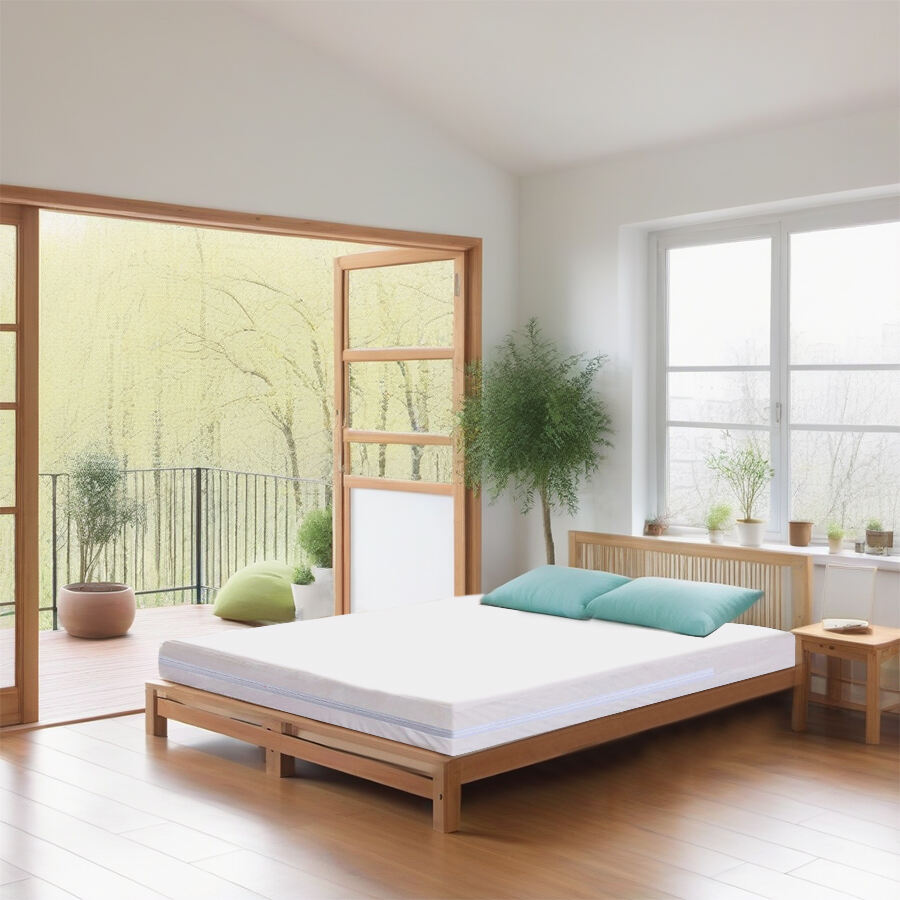
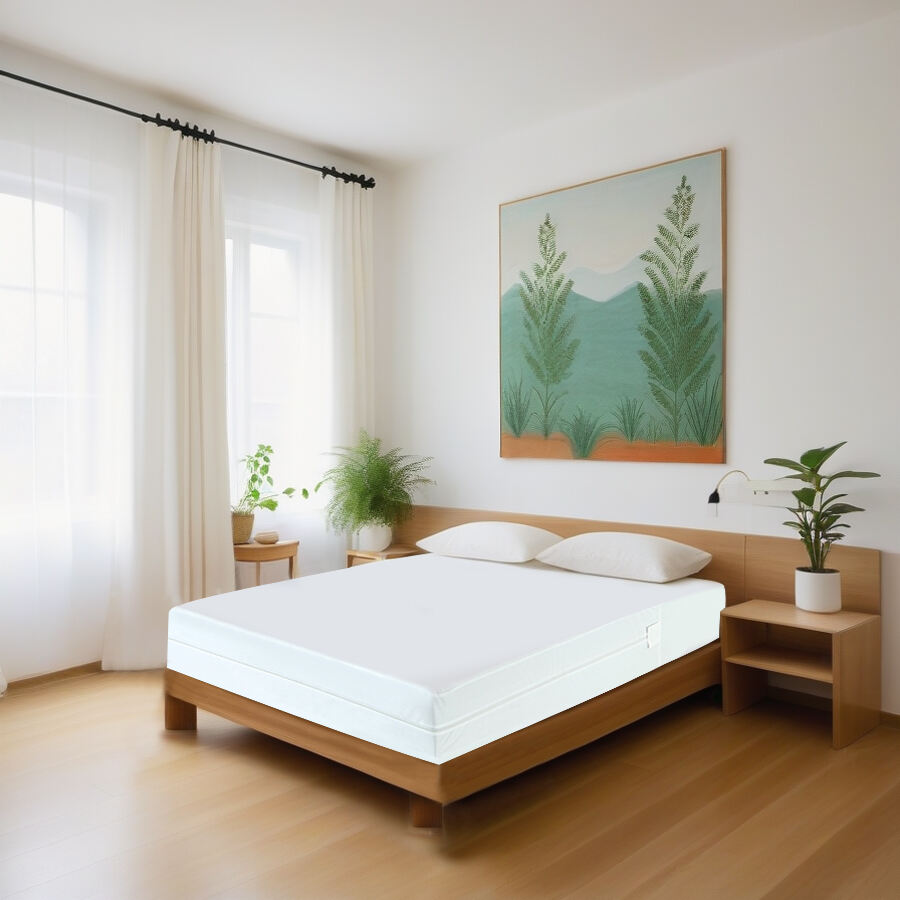



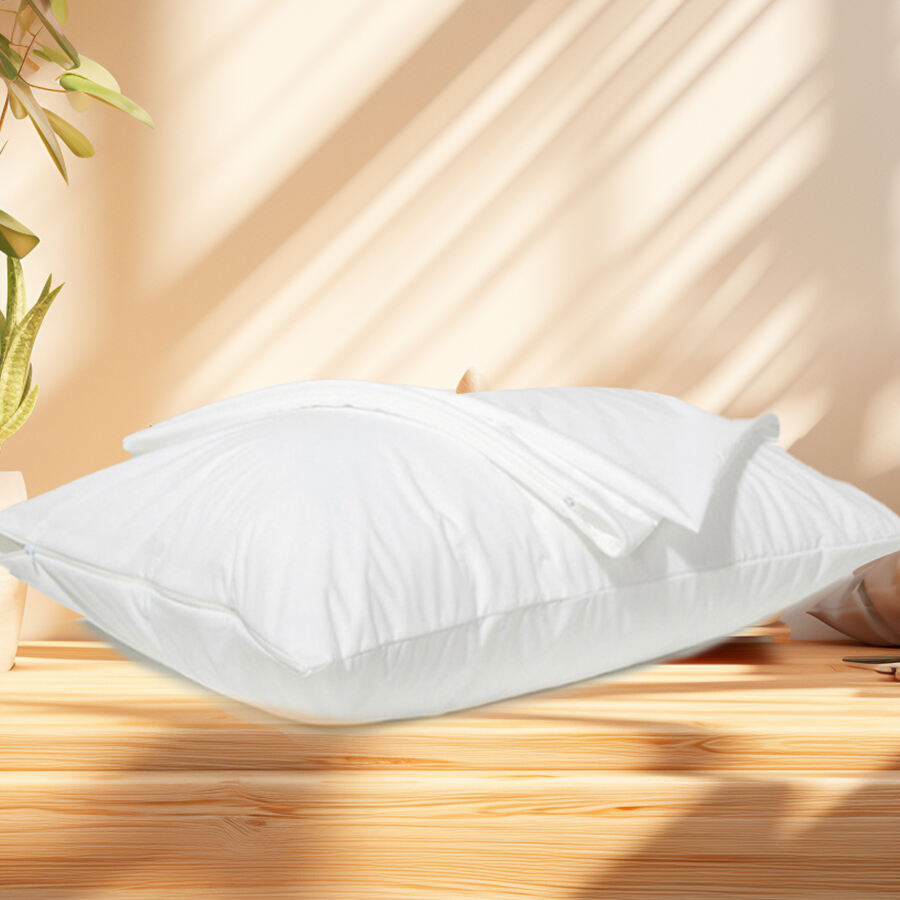













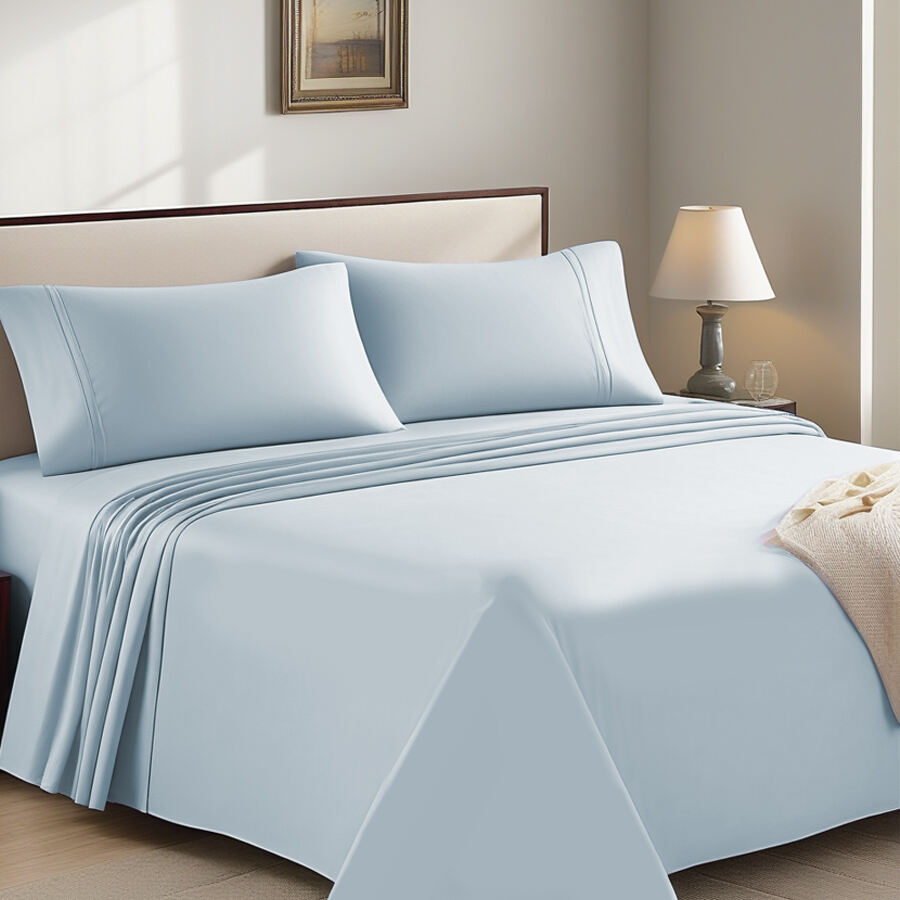


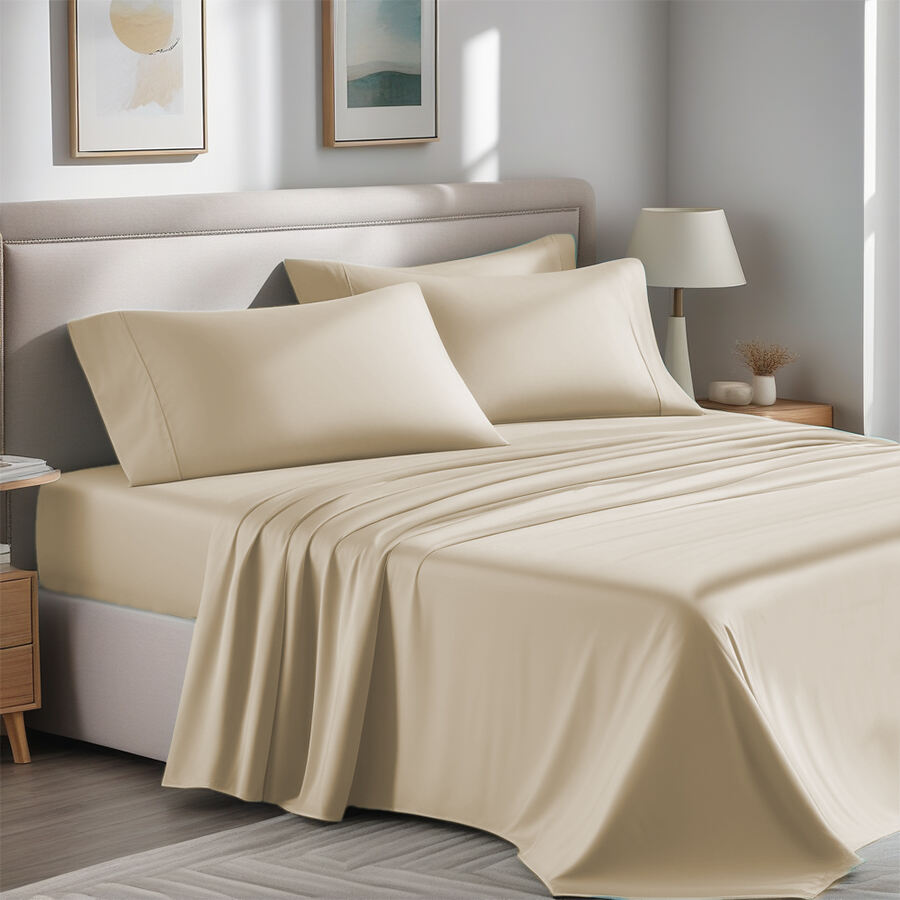




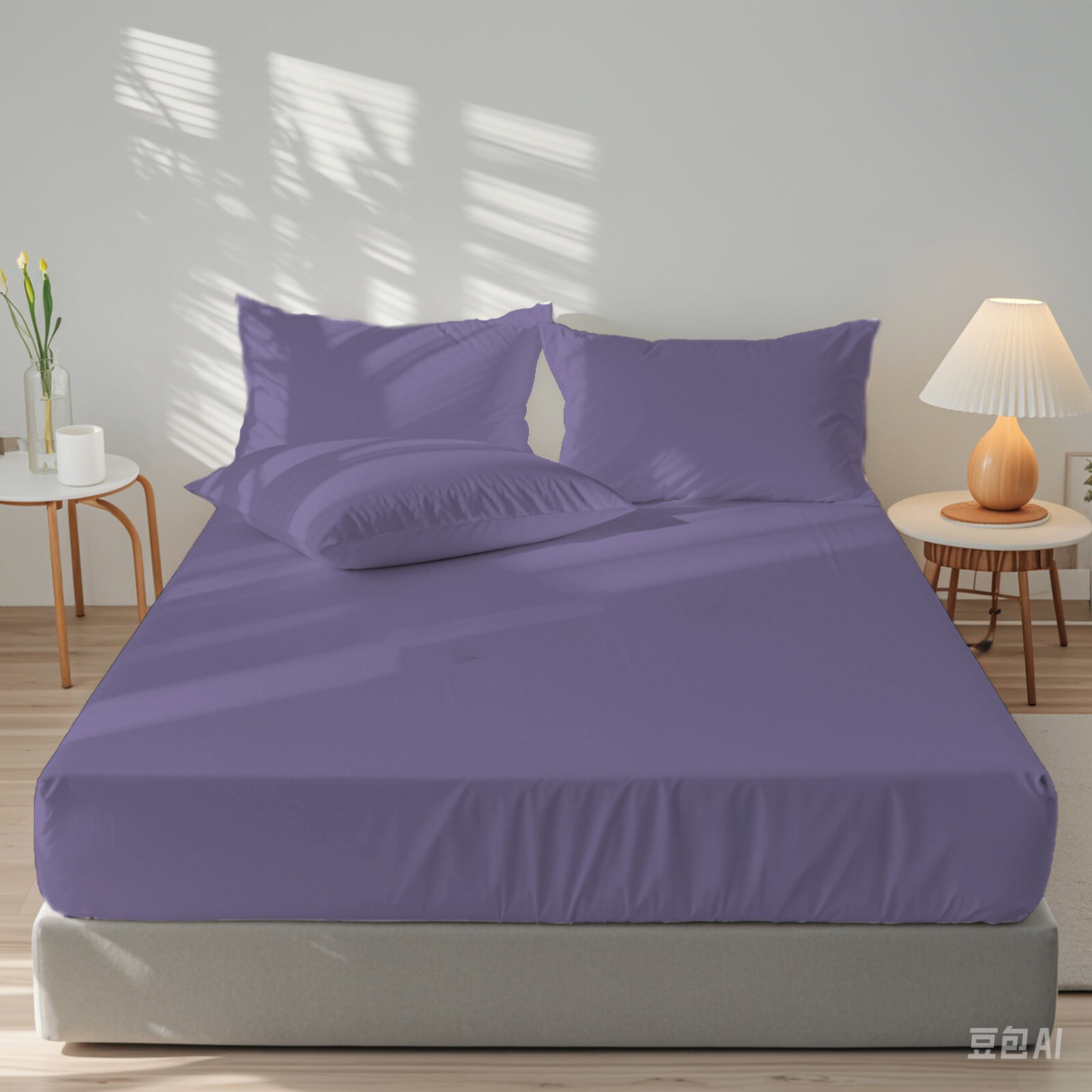
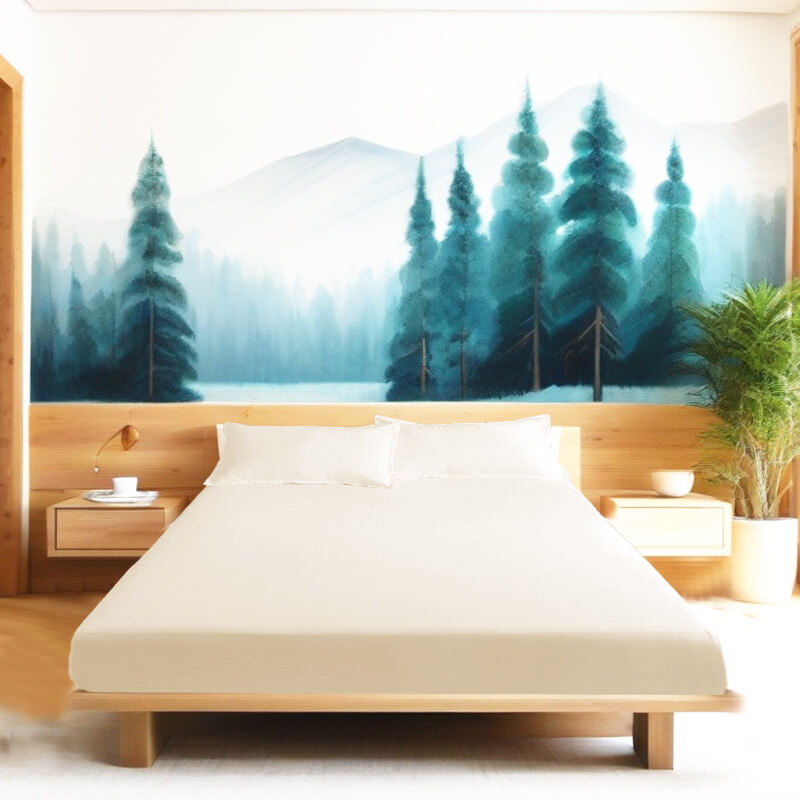
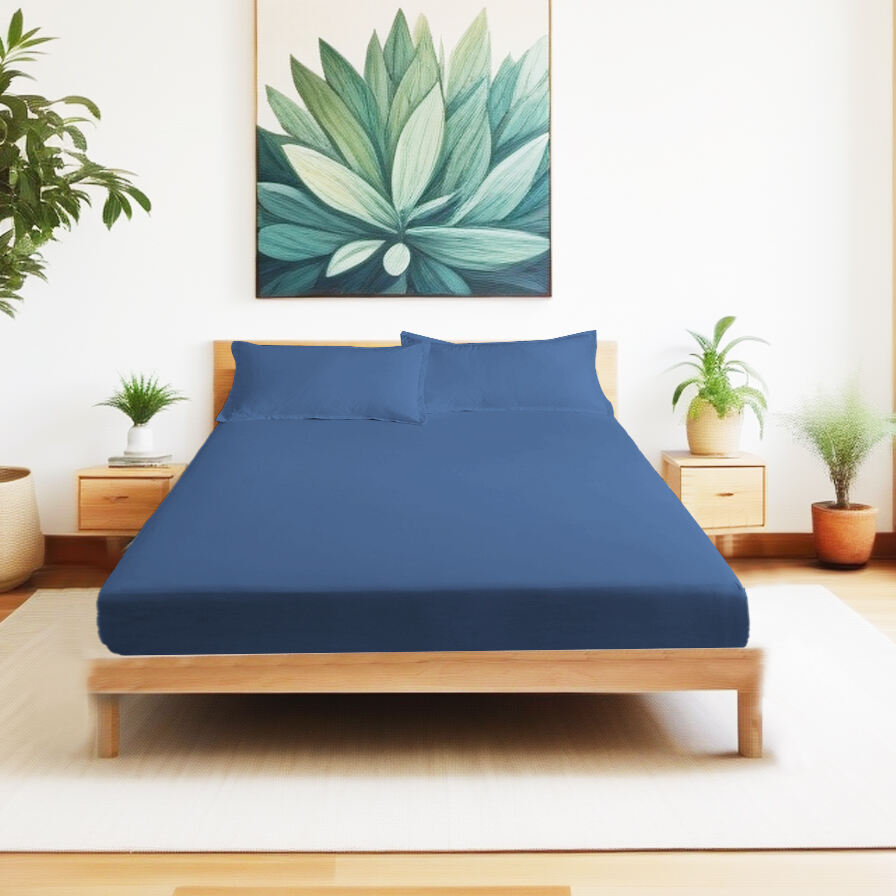

 EN
EN
 AR
AR HR
HR DA
DA NL
NL FR
FR DE
DE EL
EL IT
IT JA
JA KO
KO NO
NO PL
PL PT
PT RU
RU ES
ES SV
SV IW
IW VI
VI HU
HU TR
TR AF
AF MS
MS GA
GA